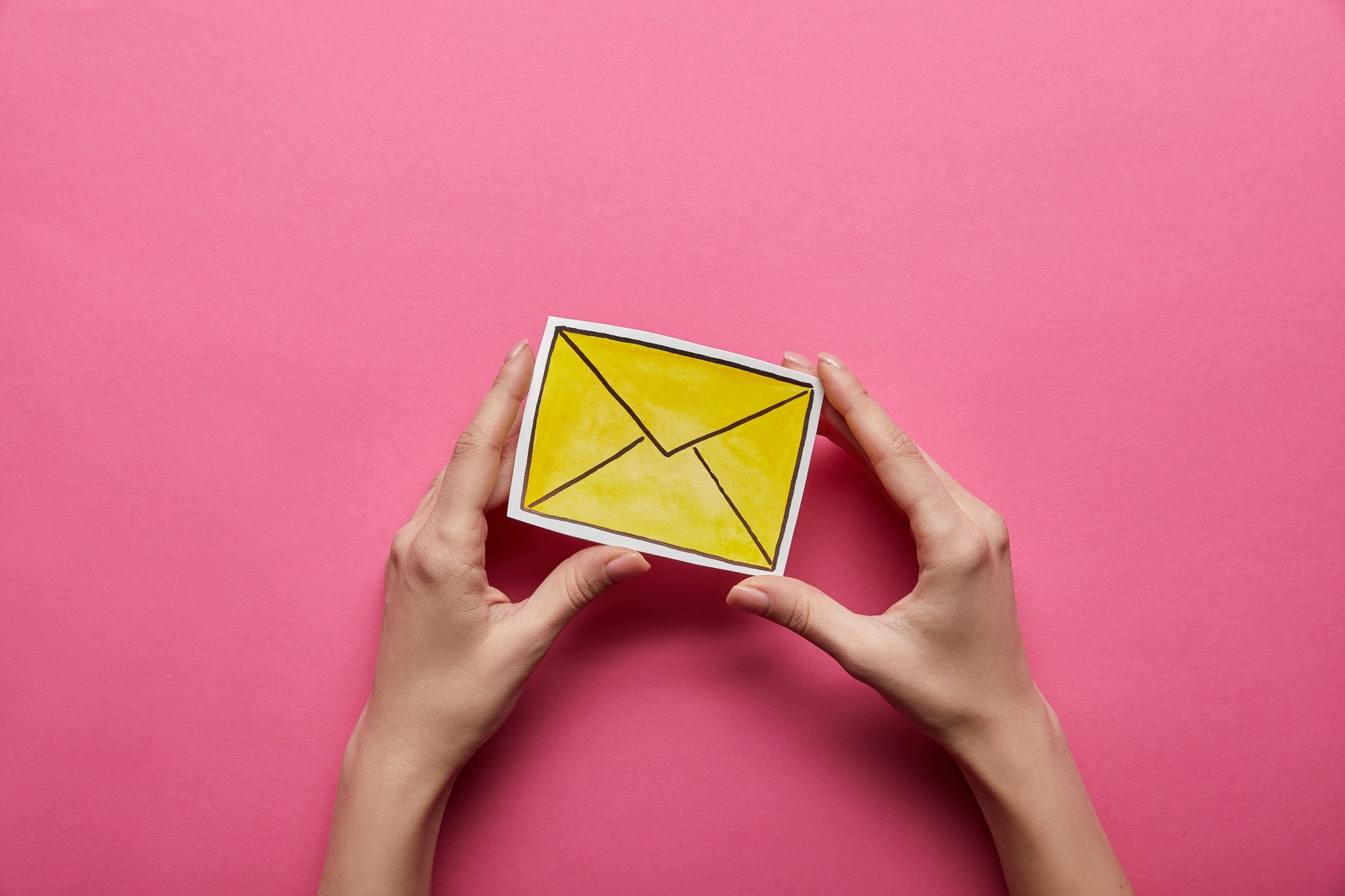Key Takeaways

- Understanding Cold Email: It’s a method of reaching potential clients and partners without prior relationships, aimed at generating interest and creating new opportunities.
- Purposes of Cold Email: Key purposes include lead generation, networking, brand awareness, and sales outreach, all crucial for effective marketing strategies.
- Cost-Effectiveness: Cold emailing is a budget-friendly outreach strategy that allows businesses to reach a large audience with minimal investment.
- Targeted Outreach: Personalizing your emails by selecting specific recipients can significantly boost engagement and response rates.
- Best Practices: Craft engaging subject lines and incorporate personalization techniques to make your emails stand out and resonate with recipients.
- Common Mistakes to Avoid: Steer clear of overly salesy language and ensure to implement follow-up strategies to maximize your outreach success.
Cold emailing can be a game-changer for your business or career. It’s a powerful tool that lets you reach out to potential clients, partners, or even mentors without any prior connection. When done right, a cold email can spark interest and open doors to new opportunities.
But crafting an effective cold email isn’t just about hitting ‘send.’ It requires strategy, personalization, and a clear understanding of your audience. In this article, you’ll discover essential tips to create compelling cold emails that get responses and build valuable relationships. Whether you’re a seasoned professional or just starting out, mastering this skill can significantly enhance your networking efforts.
Understanding Cold Email

Cold email serves as an essential strategy for outreach in both business and marketing contexts. It facilitates connections with prospects who may not be aware of your services or products.
Definition of Cold Email
Cold email refers to the practice of sending unsolicited emails to recipients who have no prior relationship with you or your business. This method targets potential clients, partners, or mentors, introducing them to your offerings or ideas without prior engagement. Unlike spam emails, cold emails aim for personalization, making them more effective in generating interest.
Purpose of Cold Email
Cold email serves multiple purposes in business and marketing:
- Lead Generation: You can reach potential clients interested in your services or products.
- Networking: You can connect with industry professionals, fostering relationships that may lead to collaboration.
- Brand Awareness: You can introduce your small business to new audiences, increasing visibility and recognition.
- Sales Outreach: You can present unique value propositions, enticing recipients to engage further.
Understanding these purposes helps in crafting targeted cold emails that resonate with recipients and yield favorable responses.
Benefits of Cold Email

Cold emailing offers significant advantages for small businesses and individuals focusing on marketing efforts. It serves as a powerful tool to connect with potential leads and enhance outreach.
Cost-Effectiveness
Cold emailing represents a cost-effective strategy for small businesses. This method requires minimal financial investment compared to traditional marketing approaches like print advertising or paid promotions. You can reach thousands of prospects with a single email campaign, maximizing your budget’s efficiency. Utilizing automation tools can help streamline the process while keeping your emails personalized, ensuring that your outreach remains impactful without straining your finances.
Targeted Outreach
Cold emailing enables targeted outreach, allowing you to select specific recipients based on their characteristics or behaviors. You can tailor your messages to align with the interests of different market segments, enhancing your likelihood of engagement. By focusing on relevant prospects in your marketing strategy, you can foster genuine connections and improve response rates. Building a targeted email list ensures your efforts resonate with the right audience, optimizing your overall outreach.
Best Practices for Writing Cold Emails

Craft effective cold emails to enhance your outreach efforts. Implementing best practices significantly increases your chances of receiving a response.
Crafting an Engaging Subject Line
Create an engaging subject line that captures attention and encourages opens. Focus on clarity and relevance. Use actionable phrases, specify the value proposition, and keep it concise. For instance, “Increase Your Small Business Revenue by 20%”. This approach sets the right expectations for the reader.
Personalization Techniques
Utilize personalization techniques to make your emails resonate with recipients. Research their business, industry trends, and specific needs before reaching out. Mention their recent achievements or align your offering with their goals. Avoid generic content by tailoring your message; instead of saying “I offer marketing services,” specify how your services can directly benefit their business. This level of personalization demonstrates genuine interest and respect for their time.
Common Mistakes to Avoid

Cold emailing can be powerful for small businesses looking to enhance their marketing efforts. Avoiding common mistakes can significantly improve your outreach success.
Overly Salesy Language
Using aggressive sales phrases, like “Act Now!” or “Limited Time Offer!”, raises red flags for recipients. Such language often leads to emails being ignored or marked as spam. Instead, make your emails feel helpful and authentic. Focus on how your solutions address the recipient’s problems, making your message relevant and engaging. Highlighting features without showing benefits detracts from the effectiveness of your email and can turn potential clients away.
Ignoring Follow-Up Strategies
Not implementing a proper follow-up plan can hinder your response rates. A single email seldom elicits a response, so follow-ups are essential for keeping the conversation active. Develop a strategy that includes reminders for follow-up emails after initial outreach. Engaging with recipients multiple times increases the likelihood of eliciting a response and fosters relationships that can lead to business opportunities.
Conclusion

Embracing cold emailing can unlock a world of opportunities for your business and career. By mastering the art of crafting personalized and strategic messages, you can connect with potential clients, partners, and mentors who can propel you forward. Remember that each email is a chance to showcase your value and build meaningful relationships.
Stay mindful of your audience and focus on genuine engagement rather than a hard sell. With the right approach and a willingness to adapt, your cold emails can become powerful tools in your networking arsenal. Keep refining your techniques and watch as your outreach efforts yield rewarding results.
Frequently Asked Questions

What is cold emailing?
Cold emailing is the practice of sending unsolicited emails to individuals or businesses with whom the sender has no prior relationship. Unlike spam, cold emails are personalized and strategic, aiming to engage the recipient and often promote networking, lead generation, or brand awareness.
Why is cold emailing important for businesses?
Cold emailing is crucial for businesses as it helps generate leads, establish valuable connections, and increase brand awareness. It allows companies to reach potential clients or partners cost-effectively, fostering relationships that can lead to new opportunities.
How can I write an effective cold email?
To write an effective cold email, focus on crafting an engaging subject line, personalizing your message, and being clear about your purpose. Research your recipient to tailor your email to their needs, demonstrating genuine interest and respect for their time.
What are the common mistakes in cold emailing?
Common mistakes in cold emailing include using overly salesy language, failing to personalize messages, and neglecting follow-ups. Avoid being too aggressive; instead, focus on providing value and building a genuine relationship with the recipient.
How often should I follow up after a cold email?
Following up after a cold email is essential for success. It’s recommended to send at least two or three follow-up emails spaced out over a couple of weeks. This approach increases your chances of receiving a response while demonstrating your persistence and interest.
Image Via Envato: LightFieldStudios, LenorIv, wirestock, wayhomestudioo, Rawpixel, Olena_Rudo, DC_Studio



